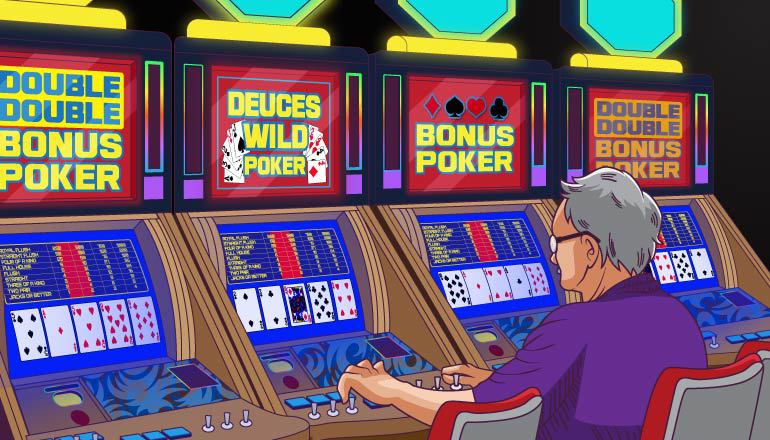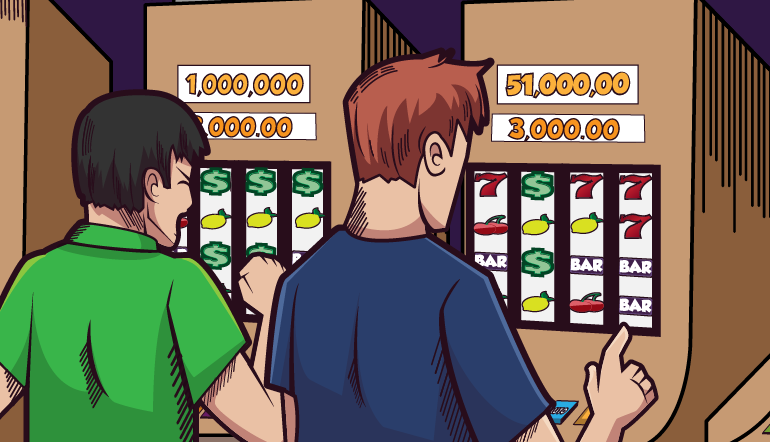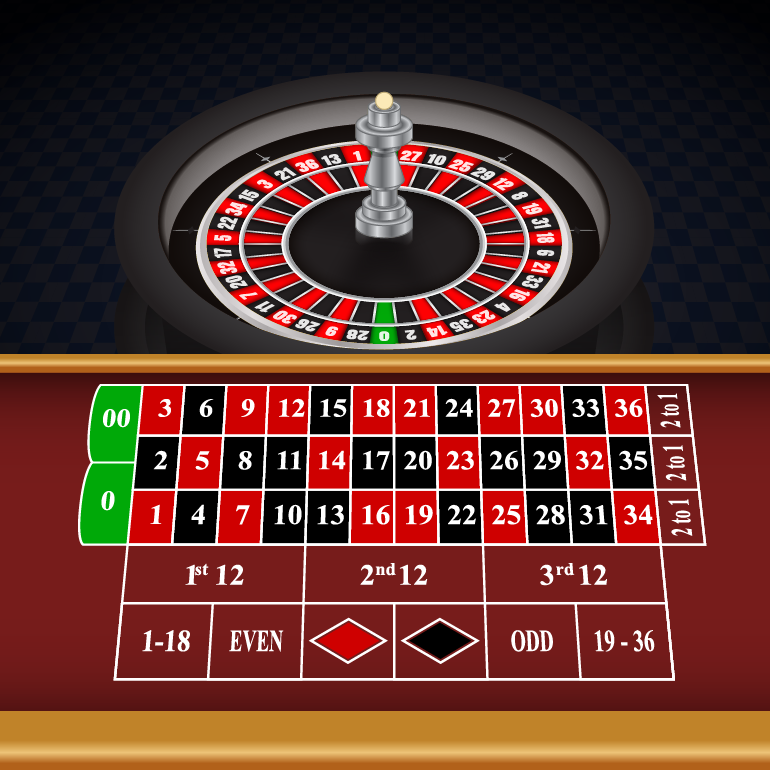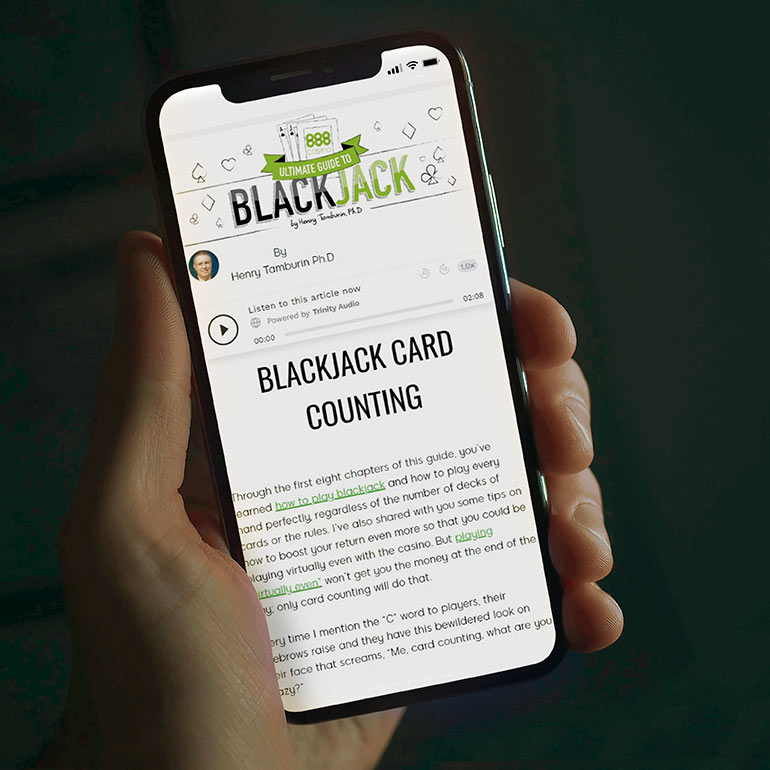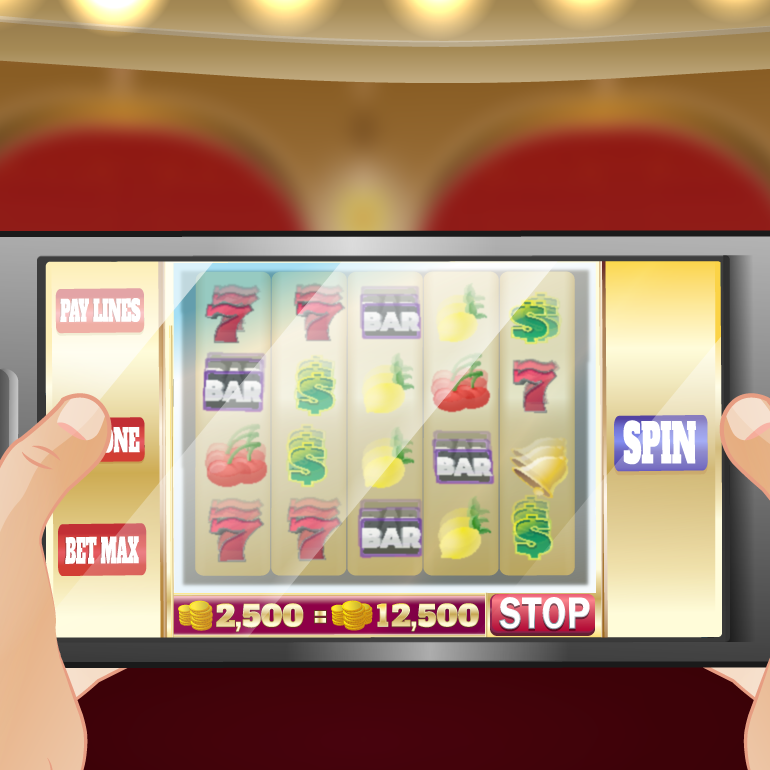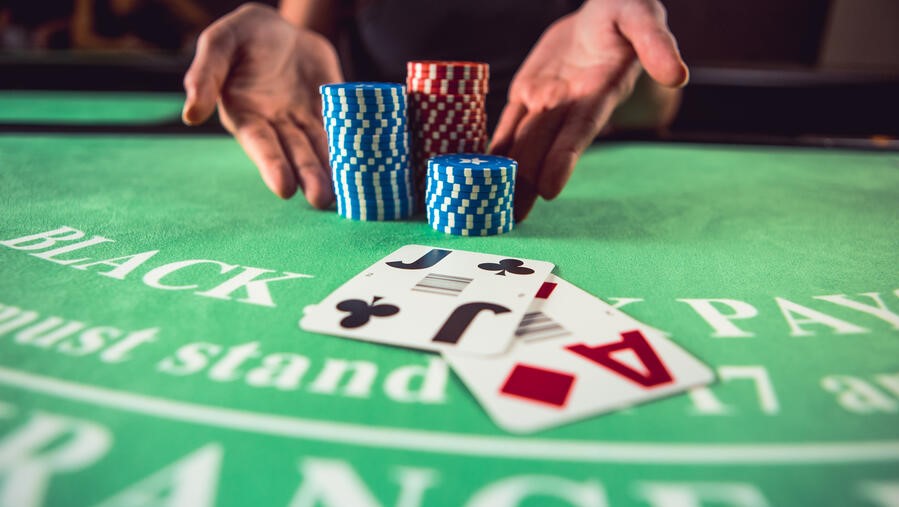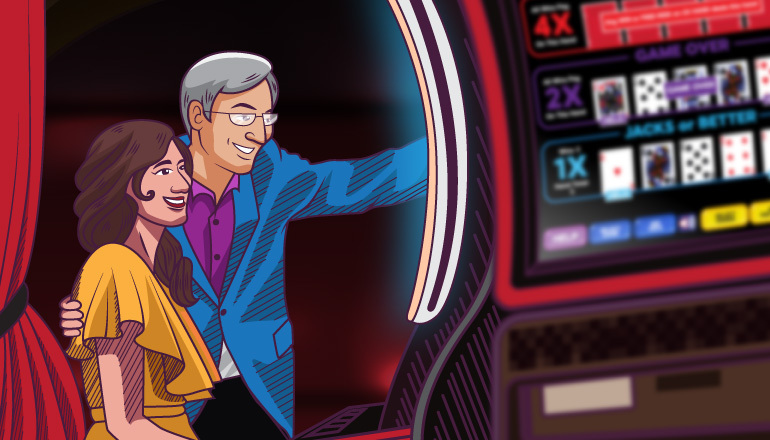Sometimes there is a desire or need to stop playing the same high return, low variance games. It could be the current games are becoming difficult to locate, or the games are becoming “old hat” and boring. This article explores the options, benefits, and pitfalls of switching games.
Contents
1. The current situation
Many video poker players have played only high-return, low-variance games in order to maximize returns and limit the impact on their bankroll.
They have limited play to full-pay (9/6) Jacks or Better or full-pay (8/5) Bonus Poker. These players have learned to play them extremely well. They play tens of thousands of hands a year and are serious players.
2. Issues with the current situation
Early on, play was fun and ultimately profitable when considering return of the game as well as comps such as room, meals, bonus point cash, etc. However, over time, a couple of things have affected playing satisfaction including:
- Full-pay Jacks or Better and Bonus Poker are becoming increasingly rare.
- With only the royal flush as a “jackpot-sized” hand, play has become monotonous.
- Would a different game help?
- Double Bonus Poker?
- Double-Double Bonus Poker?
- Deuces Wild?
3. Analysis
There are two separate issues – high return and variance.
- High return is the most important. High return combined with comps can make video poker play rewarding. Without it, I see no good reason to play.
- By playing hundreds of thousands of hands per year, the variance will not be as large a factor. By that I mean the results of an entire year will come close to the mathematical average.
While I enjoy playing video poker, the major reason I play any video poker game is the return. The higher the return the better. Ideally, I will make money playing the game over the long run. Or, at minimum, my play combined with casino comps will be positive.

4. Options, benefits, and pitfalls
When pay tables are degraded to the point where one feels it is not worth their time (and expense) to play the game, there are three choices.
- Find another casino that has a decent pay table for the game.
- Find another game that has a decent return and learn to play that game.
- Stop playing video poker.
Hopefully, the situation never deteriorates to the point where option 3 is the only option.
Option 2 is always worth a try. It is easier than learning a new game. Factors to consider when looking for a different video poker game are:
- Return – The most important in my opinion. If the return (or return including comps) is not there, I don’t play the game.
- Variance – While this factor is not as important as the return, it impacts bankroll requirements.
- When the variance is high the player can be faced with very long losing streaks.
- This can take an emotional toll that affects how the player plays.
- This factor should not be trivialized.
- Playing tens of thousands of hands (or more) per year helps balance the highs and lows of variance.
- Complexity of the playing strategy – Simple strategy is easier to learn and, more importantly, easier to play properly when at the casino. Mistakes in strategy cost the player, so fewer mistakes mean higher returns.
Look for the high-return games with the lowest variance possible.
- 8/5 Bonus Poker with a 99.11 return is a good choice if you cannot find full-pay Jacks or Better. The return is only 0.43 percent less than full-pay (9/6) Jacks or Better and the variance is still fairly low at 20.9 vs 19.5 for Jacks or Better. This game can also still be found in many casinos.
- Both full-pay Deuces Wild and full-pay Double Bonus poker have positive returns of 100.76 and 100.17 respectively, but are nearly impossible to find. If you do happen to find these games, by all means learn the strategy and play them. The variance is low – 25.83 for full-pay Deuces Wild and 28.55 for Double Bonus. The strategy for either is a bit more complex than for either Jacks or Better or Bonus Poker, however.
- There are many short-pay versions of both of these games. Make sure you can live with the reduced return or return with comps. In most cases the variance and playing strategy complexity is similar for short-pay versions of these games.

The “excitement factor”
Even though there are high return, low variance games available, there are other reasons to consider playing a different game, even if you can get the same return from your current preferred games - the “Excitement Factor.”
- Playing the same low-variance games can become a bit boring. The only real jackpot on a Jacks or Better game is the royal flush. Anything less than that is really just more hands to play.
- Games such as Double Bonus poker, Double-Double Bonus poker, and Triple Bonus poker add more chances for jackpot-sized wins. They certainly add to the overall excitement of the game.
- On the other hand, the return tends to be lower and the variance higher. Seriously consider the impact of both as well as strategy complexity when considering playing these types of video poker games.
Progressive games
In my opinion the only time to consider a high-variance video poker game is when a jackpot on a progressive game has become very high.
Even then, before sitting down at the game, factor in the potential loss from playing without hitting the jackpot. It is very likely that you will lose money at this game.
5. Summary
- Playing high-return, low-variance can become difficult or boring. The games are increasingly rare and there are very few jackpot-sized wins.
- There are more readily available games that are less boring.
- The player should be aware of all aspects of any game chosen and be prepared to handle each and every one.

